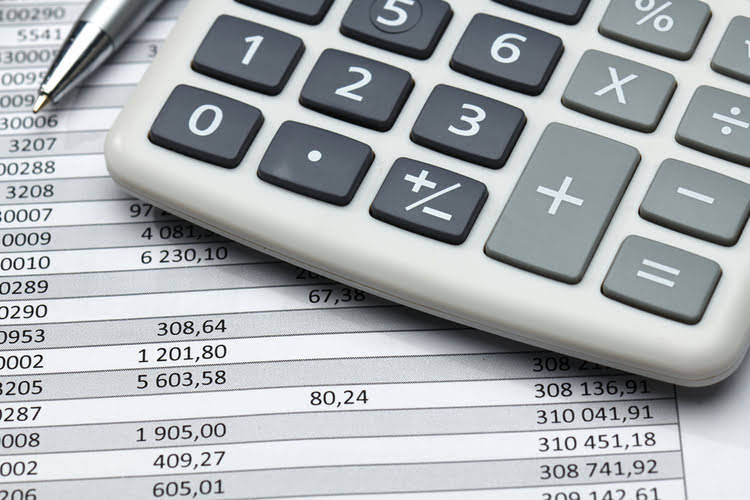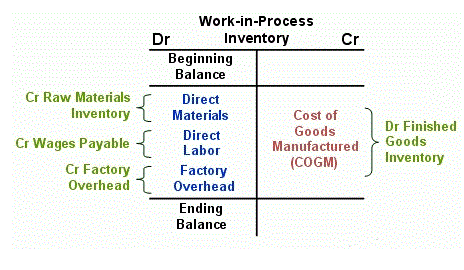Assets, Liabilities, and Capital

Although explain the accounting equation and what makes up each part. Coca-Cola and your local fitness center may be as different as chalk and cheese, they do have one thing in common – and that’s their accounting equation. In Double-Entry Accounting, there are at least two sides to every financial transaction. Every accounting entry has an opposite corresponding entry in a different account. This principle ensures that the Accounting Equation stays balanced. Shareholders’ equity is the total value of the company expressed in dollars.

Common Mistakes to Avoid
Always consider how operational activity flows through to equity via net income and distributions. If your books don’t balance, it’s a signal that something’s off, a missed transaction, a misclassification, or a data entry error. This example also highlights how you, as an accountant, trace the impact of income not only on cash flow but also on the owner’s stake in the business. As an accountant, you track your client’s assets to understand what resources are available to the business right now and what will support it long term.
Best Software for Small Businesses in 2025
For example, when a company borrows money from a bank, the company’s assets will increase and its liabilities will increase by the same amount. When a company purchases inventory for cash, one asset will increase and one asset will decrease. Because there are two or more accounts affected by every transaction, the accounting system is referred to as double entry accounting.

Accounting Equation Explained – Definition & Examples
On the basis of this dual nature of transactions, modern accountants have developed a mathematical formula that is referred to as the accounting equation. So, in this article, we’ll learn about the accounting equation, including its definition, example, application, elements, effects on transactions, and other details. Staying aligned with the accounting equation means you’re also adhering Accounts Receivable Outsourcing to key accounting principles, like consistency, reliability, and accuracy.

Strengthening Financial Management with the Accounting Equation
- As we previously mentioned, the accounting equation is the same for all businesses.
- Assets represent the ability your business has to provide goods and services.
- Each of these categories, in turn, includes many individual accounts, all of which a company maintains in its general ledger.
- This equity becomes a part of the equity component of the accounting equation.
- Borrowing money and making purchases on credit are common practices for companies of every size.
- Just like the accounting equation, it shows us that total assets equal total liabilities and owner’s equity.
- As a result the bad debts expense is more closely matched to the sale.
Currently working as a consultant within the financial services sector, Paul is the CEO and chief editor of BoyceWire. He has written publications for FEE, the Mises Institute, and many others. Additionally, the equation formula may also be broken down further on the capital how is sales tax calculated part to detail the additional contributions of the capital. In this case, the capital will become the beginning capital and additional contributions. Gains come from other activities, such as gain on sale of equipment, gain on sale of short-term investments, and other gains. Liabilities are economic obligations or payables of the business.
- If the company takes $8,000 from investors, its assets will increase by that amount, as will its shareholder equity.
- For example, if a business buys raw materials using cash, it would first mark this in the inventory accounts.
- Notice that every transaction results in an equal effect to assets and liabilities plus capital.
- Understanding this equation is key to mastering the fundamentals of accounting.
Expanded Accounting Equation for a Corporation

An owner has the right to take money or other assets for personal use. We make use of a separate category that we refer to as “drawings” in order to compute the total amount of withdrawals for each accounting period. Every asset, liability, and equity account you manage ties back to this equation.
- For instance, high liabilities might signify potential solvency issues despite a mathematically balanced equation.
- (2) a source-along with owner or stockholder equity-of the company’s assets.
- A balance sheet is a financial statement that provides a snapshot of a company’s assets, liabilities, and shareholder equity at a specific point in time.
- Additionally, financing strategies should be assessed as they can determine the overall fiscal health.
- From setting up your organization to inviting your colleagues and accountant, you can achieve all this with Deskera Books.
What Is an Asset in the Accounting Equation?
- It is determined by subtracting all assets from all liabilities.
- At first glance, you probably don’t see a big difference from the basic accounting equation.
- Similarly, when a company takes out a business loan, the borrowed money leads to an increase in assets.
- Every transaction increases or decreases Assets, Liabilities, or Equity.
- This is important as some companies may not be able to survive in the long term if their assets are mainly from liabilities while their equity is too small in comparison.
- The income statement will explain part of the change in the owner’s or stockholders’ equity during the time interval between two balance sheets.
As you can see from the examples above, double-entry accounting keeps the books balanced. As a result of this transaction, the asset (accounts receivable) and the owner’s equity (revenues) both increased by $5,000. An accounting equation is a mathematical formula that illustrates how a company’s total assets and total liabilities relate to one another. In other words, an accounting equation is a mathematical expression.

0 comments